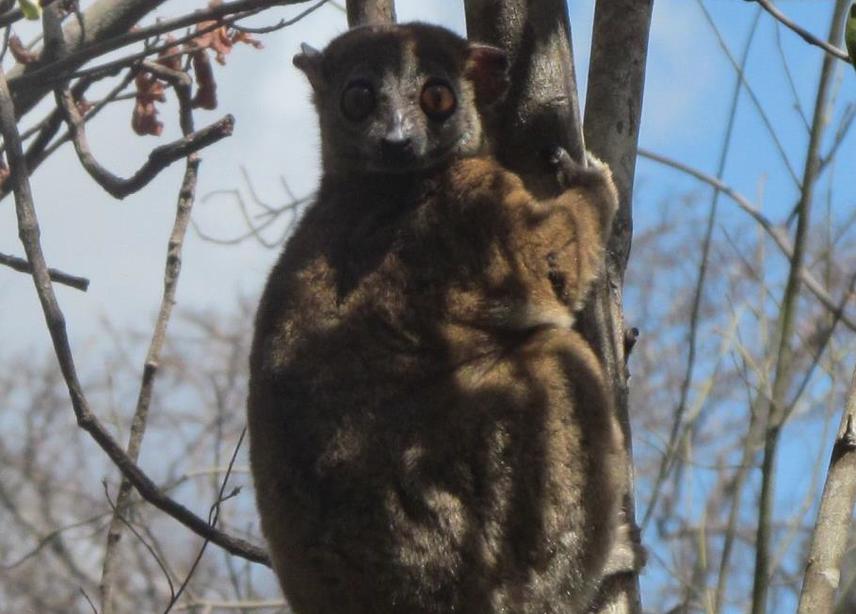Jordi Salmona
The project aims to update conservation status and suggest conservation priorities for nocturnal lemur species in Northern Madagascar, by decipher their distribution and threats.

Since 2009’s political events in Madagascar, subsidiary and economic hunting, logging and poaching have tremendously increased. In northern remote and understudied regions of Madagascar (Daraina, Andavakoeira, Analamerana, and Ankarana) where several dozens of smoked lemurs have been discovered since then. This project aims to study poorly known nocturnal lemur populations from 3 genera (Microcebus, Lepilemur and Phaner). It aims to determine species distribution area and population size, and the main threats on their populations in order to prioritize undertaken conservation actions.
The main outcomes of the project will be achieved through the Malagasy students’ Masters reports, international scientific articles, reports for the Protected Area Managers and, and to put all together, a Conservation Action Plan for the species written in behalf with the Primate Specialist Group/SSC.
In terms of conservation data we will:
1) Provide updates of L. ankaranensis, M. tavaratra, and P. electromontis distribution area, population size estimates, and conservation status;
2) Assess the effect of forest fragmentation on the populations and species’ biology, correlating forest size, structure to natural history;
3) Evaluate the effect of local population uses of the forest and traditional believes on L. ankaranensis M. tavaratra, and P. electromontis presence and densities.
4) For each visited forest fragments, we will provide general characteristics (presence of mines, charcoal, zebu grazing, wood cutting, etc) nocturnal and diurnal vertebrates richness updates.
At the landscape level, our study will provide patterns of nocturnal lemur species diversity and density, as this information is of high importance for local forest managers (Fanamby NGO and Madagascar National Park).
Concerning the educational and training aspect of the project, we will provide basic guiding and scientific field work training to 2 to 4 guides in each visited locality, and a complete training of two Malagasy Master Students from Mahajanga and Antsiranana Universities. This courses will be composed of animal capture, handling and morphometric techniques, distance sampling methods, basic computing knowledge, computation of density estimates, basic statistics using the freely available R stat package and simple Geographical Information System tools (together with Google Earth).